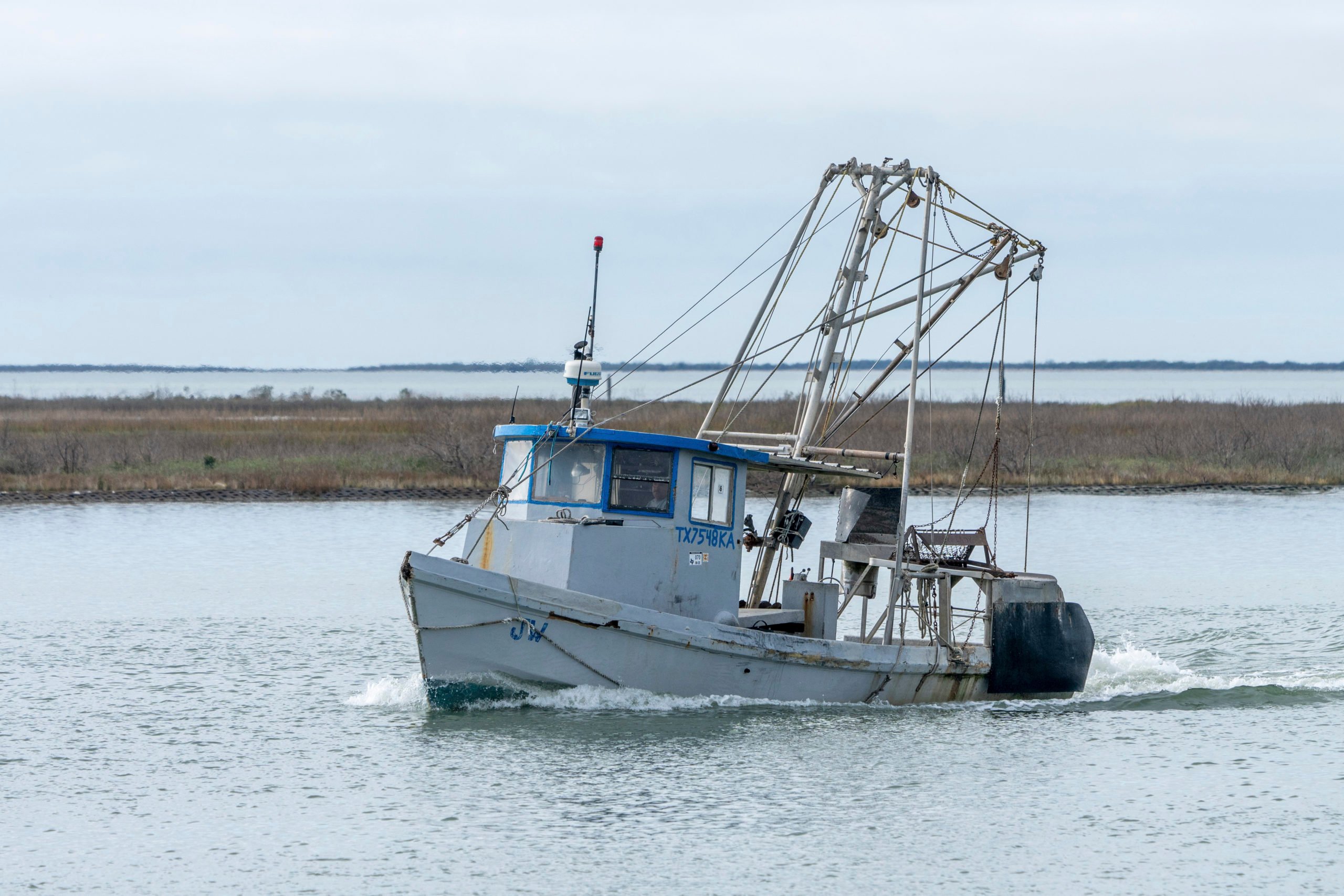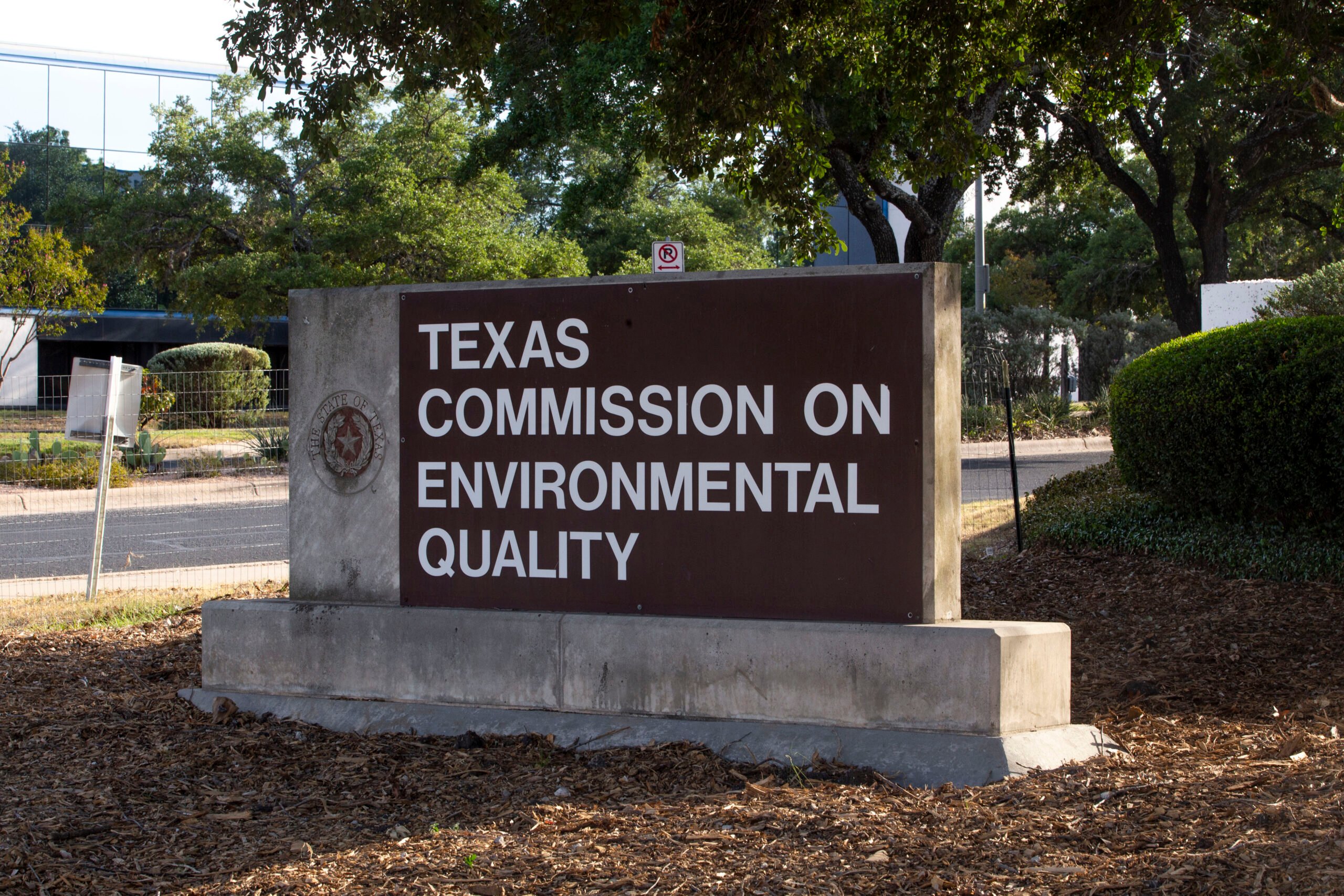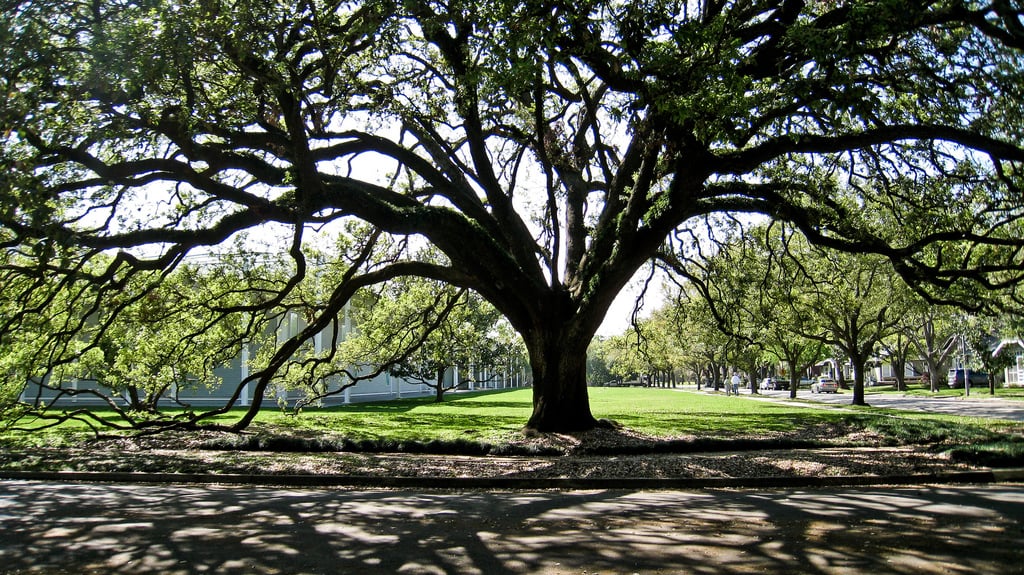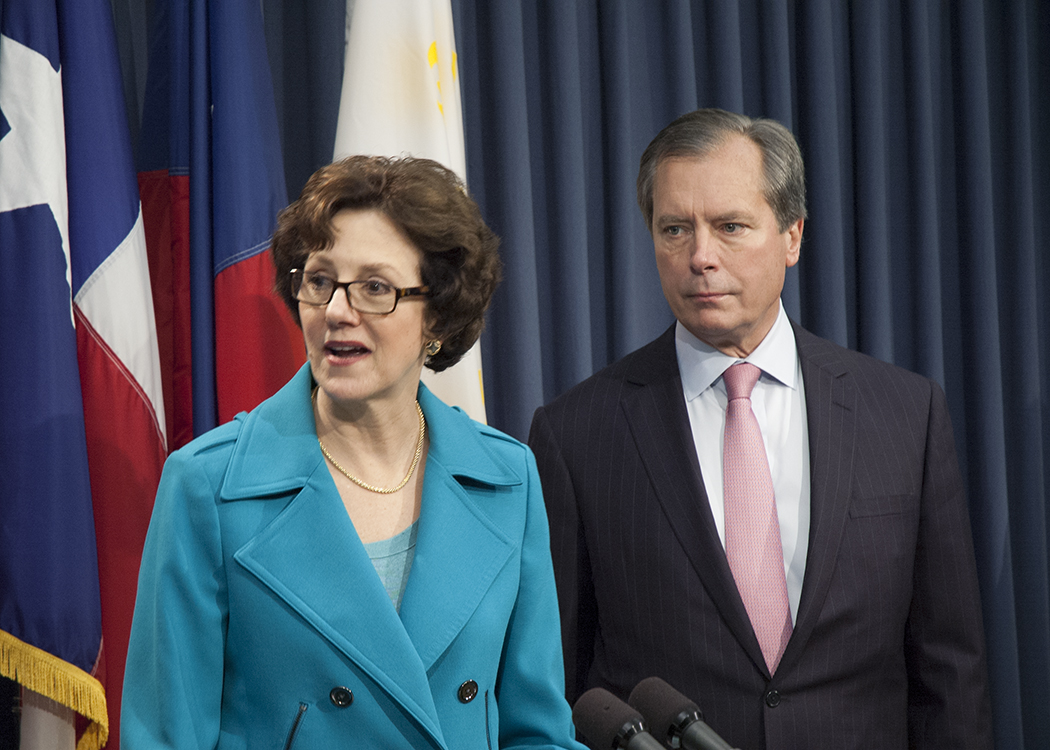
Texas Oyster Fishing at a ‘Crossroads’
Citing low numbers, the Parks and Wildlife Commission has closed most of the state’s bays to commercial harvest.

Oyster season got off to a sluggish start this month with only nine out of Texas’ 29 public harvest areas open to commercial fishers. And last Thursday, the Parks and Wildlife Commission voted to close 2,100 acres across three bays near Rockport permanently as a sanctuary for oysters, fish, and other wildlife. Although this new sanctuary takes away just 3 percent of the state’s total harvest area, it’s become a flashpoint for fishers. Because of temporary closures elsewhere, by the end of last oyster season, this small area was providing a third of the harvest.
Hundreds of people from commercial fishing families protested outside the Parks and Wildlife headquarters in Austin. Fishers and conservationists alike want to see more oysters along the Gulf Coast, but they disagree profoundly on how to manage oyster reefs and what the future of oystering in Texas should look like.
“How can we survive if you don’t let us work?” the protestors’ signs read.
“How can we survive if you don’t let us work?”
Up to 90 percent of the world’s historic oyster reefs have been lost. The Gulf of Mexico is one of the last places where wild oysters live, and Texas is one of the last places where people harvest oysters from natural reefs rather than farming them. But in the past 15 years, oysters have started to struggle here, too. Stronger storms and longer droughts caused by climate change play a role, and so might pollution from oil spills, fertilizer runoff, and industrial facilities. Given worsening environmental conditions, scientists say that oyster fishing—after a decades-long history in Texas—could become the straw that breaks the camel’s back.
“We really are at a crossroads,” said Jennifer Pollack, a marine biologist at the Harte Research Institute.
Fewer market-sized oysters have been turning up in Parks and Wildlife scientists’ routine dredges in recent years. This decline has prompted officials to restrict commercial harvesting more and more. Along the way, a lack of trust has built up between the industry and the state.
Last week’s vote on creating a wildlife sanctuary was supposed to happen in March, but protest—and potential legal issues—prompted the Parks and Wildlife Commission to postpone their decision. At the time, commercial fishers, backed up by Texas RioGrande Legal Aid, pointed out that the state had not conducted a proper economic impact study.
After the protests, the Parks and Wildlife staff estimated that the decision could cost each licensed oyster boat approximately $11,985. But they pointed out that the value of ecosystem services provided by oyster reefs, like protecting the coast from erosion and serving as habitat for fish, is far greater. The department also called on Dean McCorkle, an agricultural economist at Texas AgriLife Extension Service. In 2018, McCorkle analyzed the economic impact of commercial oyster fishing statewide. This August, he ran the same model for just the three bays under consideration and estimated that 50-85 jobs might be lost.
But during public comments right before the vote on Thursday, McCorkle recanted his team’s findings. “I believe we have underestimated the number of jobs,” he said. “Possibly by a large amount.”
“I raised my kids through this job. … You think I want to destroy my future?”
Most of the Texas oyster harvest is done by Mexican-American and other Hispanic workers, who learned the trade from their fathers or grandfathers. The rest of the oyster fishing fleet is made up of the children of immigrants, too—people whose families came, if not from Latin America, then from Albania, Croatia, or Vietnam one or two generations ago. A few families have large fleets and dozens of employees, but most own just a couple of boats and use their relatives as deckhands. While many of them made it into the middle class and sent children to college off their oyster catches, they now risk losing what they’ve built so far.
Also during public comment, 14-year-old Yahel Martinez pointed out that men like his father, who are middle-aged and don’t speak English, may face significant difficulties finding other work. “I can’t go to school without thinking about my dad and whether he’s going to have a job or not,” Martinez said, breaking down in tears.
Alejandro Gutierrez, a fisherman for 36 years, told the commissioners, “I raised my kids through this job. … You think I want to destroy my future?”
Thursday’s decision focused on specific bays: Permanently closing a large area across Carlos, Ayres, and Mesquite Bays to commercial harvest, as well as temporarily closing smaller reefs in San Antonio Bay and Galveston Bay for two years. The public’s testimony, however, was a referendum on the department’s overall management of the fishery. Following heavy losses from Hurricane Ike in 2008, Parks and Wildlife created what it calls a “traffic light” system to open or close bays based on monthly oyster counts. Many fishers think officials overrely on this tool at the expense of other management strategies. Some even suspect the state wants to end the wild oyster fishery altogether.
“The way this traffic light has been set up, and the way these bay closures have been set up—we’ve been set up,” Gutierrez said.
Over the summer, the commission convened a working group with representatives from both industry and conservation groups to try and compromise. The group only met twice, and some fishers said their ideas were not taken seriously. While the industry did not convince Parks and Wildlife to keep these bays open, they’ve raised awareness of their struggle among environmentalists.
“We’re very sensitive to the plight of the oyster fisher,” said Lauren Williams, a scientist at The Nature Conservancy. She participated in the working group and called for those conversations to continue. Williams said that her organization supports a co-management approach in which commercial fishers are included in scientific research and policy decisions about the oysters they depend on.
Many of the environmentalists and conservationists who spoke at the meeting suggested that the state invest more heavily in buying back fishing licenses, encourage oyster farming (growing them on artificial structures rather than harvesting them from the wild), and issue more private leases (areas where someone has exclusive rights to fish, and is responsible for maintaining the health of the reef). The Parks and Wildlife Commissioners pointed out that they got the legislature to allocate $3 million to fund oyster fishing license buybacks, and suggested they will ask legislators next year to expand opportunities for private leases. The commissioners also highlighted the state’s fledgling oyster mariculture program, which started in 2020. Three sites have been fully permitted to grow farmed oysters so far, with several more on the way.
“That’s how we really are going to produce more oysters in this state—not just leave it up to Mother Nature and the reefs,” said Parks and Wildlife Commission Chair Arch “Beaver” Aplin, who’s also the CEO of Buc-ee’s, before calling for a vote.
“It is clear that something is going on. The oysters are not as healthy as they were before. And it’s not only harvest pressure.”
Aplin then urged the agency to put together a more comprehensive management plan for the oystery fishery before the next legislative session starts in January. “I would like to be at the doorstep of the Capitol, pushing this every step of the way to get a sustainable solution for everyone,” he said.
Johny Jurisich, a second-generation fisherman who’s been organizing others in the industry, doesn’t see these bay closures—or any single strategy—as the answer. He views private leases, mariculture, and license buybacks as individual tools the state should be balancing within a large toolbox of management strategies. But he doesn’t trust the commissioners’ promises to create such a toolbox, saying that the existing private lease and mariculture programs aren’t accessible for most fishing families, and don’t get enough state support to be truly successful.
“It’s not genuine, what they say,” Jurisich said in an interview after the vote.
He called out what he views as hypocrisy on the part of the Parks and Wildlife Commission. Aplin, of course, is the CEO of a chain of gas stations, and several other commissioners have worked in the oil and gas industry. While this latest decision focused on helping oysters by reducing fishing, oyster reefs still face the pressures of climate change and pollution. Some environmentalists and fishers brought these problems up at the meeting, but the Parks and Wildlife commissioners and staff had little to say about these larger, more pervasive challenges.
“It’s so hypocritical to watch these guys who made their millions in the exploitation of a resource. How can they lecture me about trying to be a good shepherd?” Jurisich asked. “It is clear that something is going on. The oysters are not as healthy as they were before. And it’s not only harvest pressure. It’s not. And no one is addressing that,” he added.
Now that these bays are closed, the commercial oyster industry will keep organizing for alternative solutions. And the Parks and Wildlife commissioners will have the next legislative session to prove whether they genuinely intend to help. In the meantime, Texas’ oyster fishers will have to weather another tough year.



